ANIMAL FARM CHARACTERS
RUSSIAN REVOLUTION
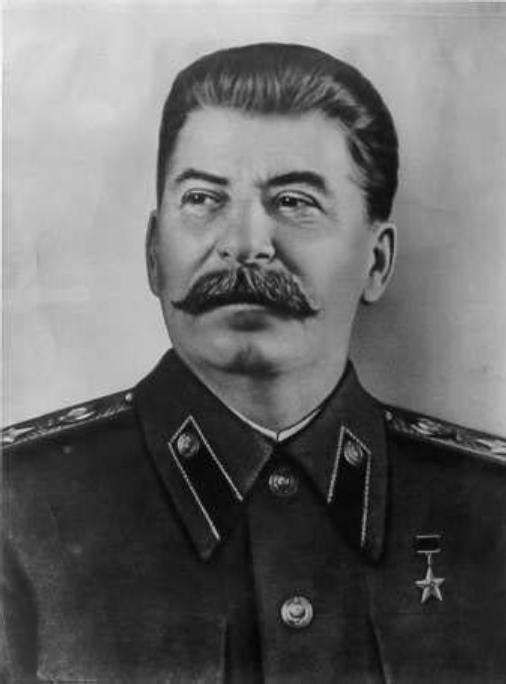
STALIN

TROTSKY
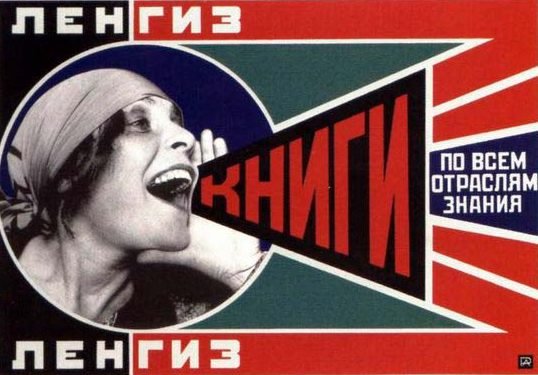
PROPAGANDA
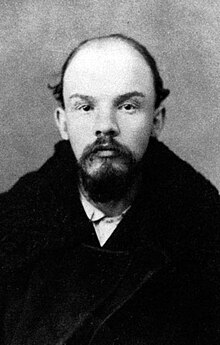
LENIN

PEASANTS

ORTHODOX CHURCH

BOURGEOISIE

SKEPTICS
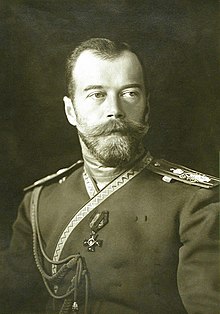
TSAR NICOLAS II
GERMANY

WESTERN COUNTRIES AND USA
Were afraid to the Communism.
Hitler made a pact with Stalin, but he broke it and attacked the Soviet territory.
Was the last Russian czar: Nicholas II of Russia, son of Alexander III, ruled from the death of his father, on October 20, 1894, until his abdication on March 2, 1917, when he resigned in his name and on behalf of of his heir son to the throne and this happened to his brother.
These people were not interested in the Russian Revolution.
The Bourgeoisie were the Russian upper class and they did not participate in the rebellion. Instead they tried to use their prestige educations to argue against communism. During the revolution, they were treated as criminals. There were not enough of them, and they were forced to submit to the Russian Revolution´s Communism.
First considered obsolete by Stalin, but then re-instituted for Patriotic support during the war.
Were exploited by Tsar Nicholas II, who ruled from 1894 until 1917.
Was a Russian revolutionary who established a form of Marxism in Russia in the early 20th-century.
It relied extensively on the Marxist-Leninist ideology to promote the line of the Communist Party. In societies with widespread censorship, propaganda was omnipresent and vigorously reinforced. The news were changed to make people become convinced by the communists ideas.
Was a Russian revolutionary, Marxist theorist, and Soviet politician whose particular strain of Marxist thought is known as Trotskyism. He was the leader of the Red Army. When the revolution finished, he was involved in Russian foreign affairs and policy making. He was forced to exile from the Soviet Union because he opposed to the decisions of Stalin. He was assassinated in 1940.
Was a Georgian revolutionary and Soviet politician. He led the Soviet Union from the mid–1920s until 1953 as General Secretary of the Communist Party of the Soviet Union (1922–1952) and Premier (1941–1953). He was involved in the Russian Revolution of 1917. During his time in power the country was gripped in famine and fear.
ANIMAL FARM
.jpg)
NAPOLEÓN

SNOWBALL
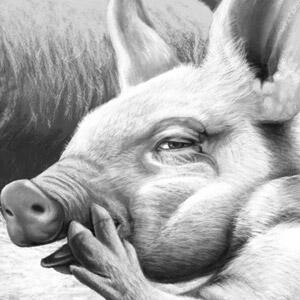
SQUEALER
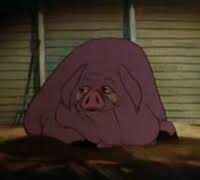
OLD MAYOR
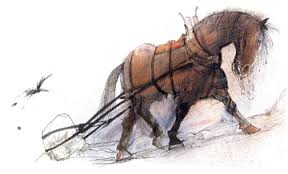
BOXER

MOSES

MOLLIE

BENJAMIN

MR JONES
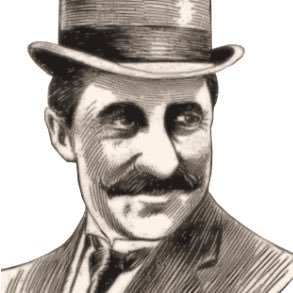
MR FREDERICK
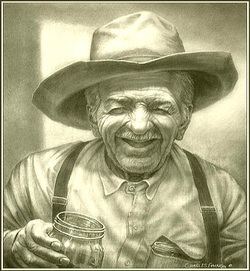
MR PILKINGTON
The easygoing gentleman farmer who runs Foxwood, a neighboring farm. Mr. Frederick’s bitter enemy, Mr. Pilkington represents the capitalist governments of England and the United States.
OTHER CHARACTERS

THE NINE DOGS
Napoleon raises the dogs specifically to be his own little private army: he takes them from their parents as puppies, says that he'll "make himself responsible for their education," and then raises them in isolation from the rest of the farm.

CLOVER
A good-hearted female cart-horse and Boxer’s close friend. Clover often suspects the pigs of violating one or another of the Seven Commandments, but she repeatedly blames herself for misremembering the commandments.

MINIMUS
The poet pig who writes verse about Napoleon and pens the banal patriotic song “Animal Farm, Animal Farm” to replace the earlier idealistic hymn “Beasts of England,” which Old Major passes on to the others.

BLUEBELL, JESSIE AND PINCHER
Two dogs, each of whom gives birth early in the novel. Napoleon takes the puppies in order to “educate” them.
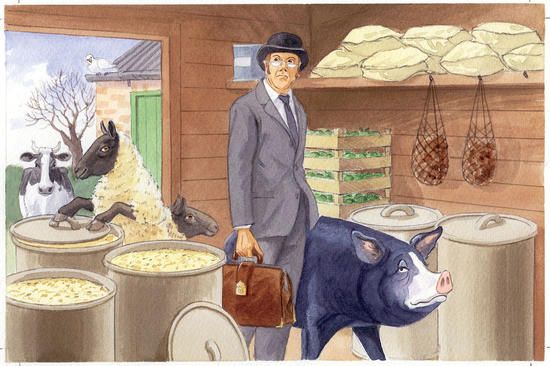
MR WHYMPER
The human solicitor whom Napoleon hires to represent Animal Farm in human society. Mr. Whymper’s entry into the Animal Farm community initiates contact between Animal Farm and human society, alarming the common animals.
The tough, shrewd operator of Pinchfield, a neighboring farm. Based on Adolf Hitler, the ruler of Nazi Germany in the 1930s and 1940s, Mr. Frederick proves an untrustworthy neighbor.
The often drunk farmer who runs the Manor Farm before the animals stage their Rebellion and establish Animal Farm. Mr. Jones is an unkind master who indulges himself while his animals lack food; he thus represents Tsar Nicholas II, whom the Russian Revolution ousted.
The long-lived donkey who refuses to feel inspired by the Rebellion. Benjamin firmly believes that life will remain unpleasant no matter who is in charge. Of all of the animals on the farm, he alone comprehends the changes that take place, but he seems either unwilling or unable to oppose the pigs.
The vain, flighty mare who pulls Mr. Jones’s carriage. Mollie craves the attention of human beings and loves being groomed and pampered. She has a difficult time with her new life on Animal Farm, as she misses wearing ribbons in her mane and eating sugar cubes. Mollie is stupid, vain and materialist but she is pretty. She represents the petit bourgeoisie that fled from Russia a few years after the Russian Revolution.
The tame raven who spreads stories of Sugarcandy Mountain, the paradise to which animals supposedly go when they die. Moses plays only a small role in Animal Farm, but Orwell uses him to explore how communism exploits religion as something with to pacify the oppressed.
The cart-horse whose incredible strength, dedication, and loyalty play a key role in the early prosperity of Animal Farm and the later completion of the windmill. Quick to help but rather slow-witted, Boxer shows much devotion to Animal Farm’s ideals but little ability to think about them independently. He naïvely trusts the pigs to make all his decisions for him. His two mottoes are “I will work harder” and “Napoleon is always right.”
The prize-winning boar whose vision of a socialist utopia serves as the inspiration for the Rebellion. Three days after describing the vision and teaching the animals the song “Beasts of England,” Major dies, leaving Snowball and Napoleon to struggle for control of his legacy. Orwell based Major on both the German political economist Karl Marx and the Russian revolutionary leader Vladimir Ilych Lenin.
The pig who spreads Napoleon’s propaganda among the other animals. Squealer justifies the pigs’ monopolization of resources and spreads false statistics pointing to the farm’s success. Orwell uses Squealer to explore the ways in which those in power often use rhetoric and language to twist the truth and gain and maintain social and political control.
The pig who emerges as the leader of Animal Farm after the Rebellion. Based on Joseph Stalin, Napoleon uses military force (his nine loyal attack dogs) to intimidate the other animals and consolidate his power. In his supreme craftiness, Napoleon proves more treacherous than his counterpart, Snowball.
The pig who challenges Napoleon for control of Animal Farm after the Rebellion. Based on Leon Trotsky, Snowball is intelligent, passionate, eloquent, and less subtle and devious than his counterpart, Napoleon. Snowball seems to win the loyalty of the other animals and cement his power.